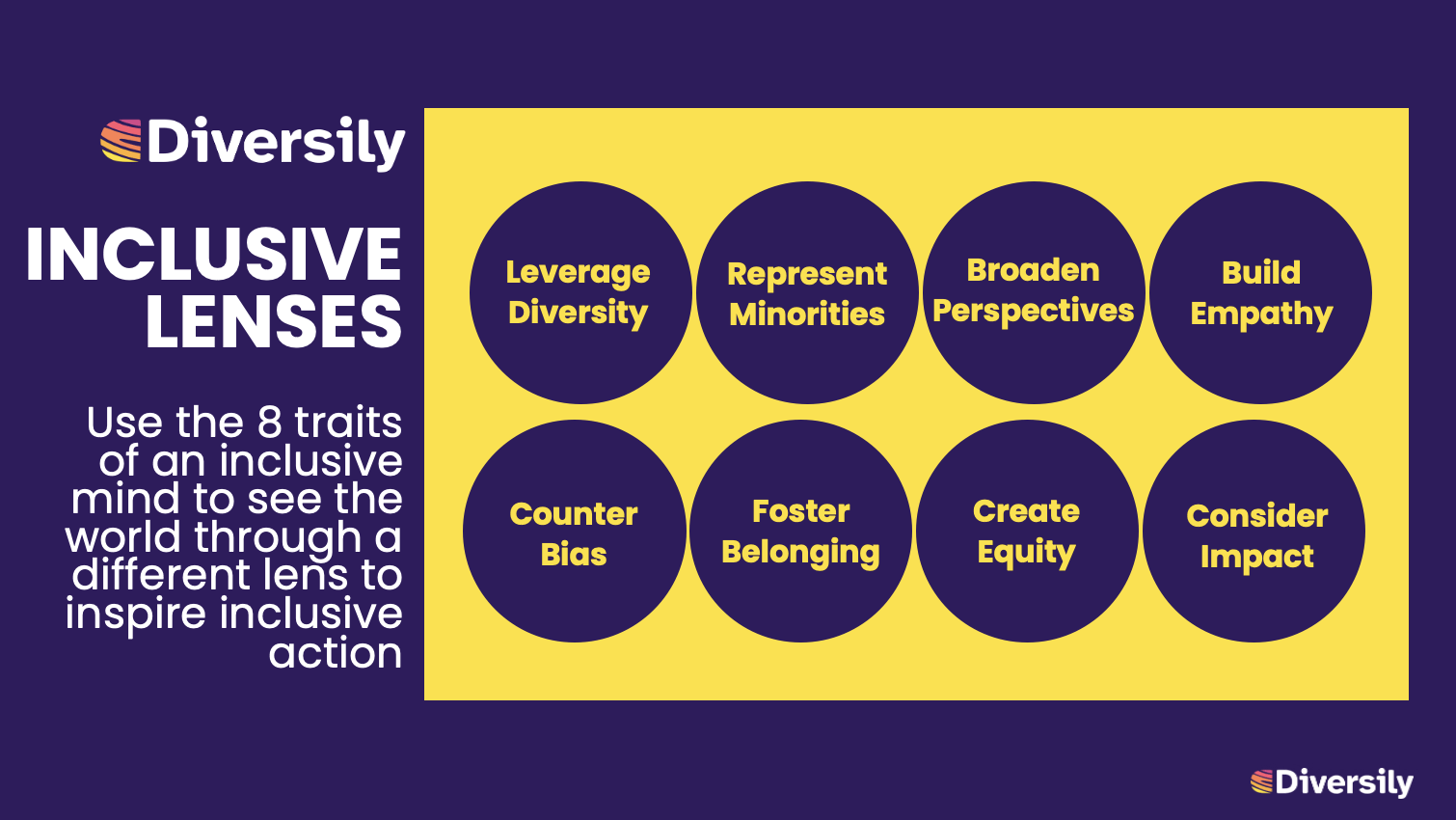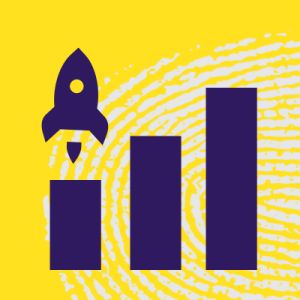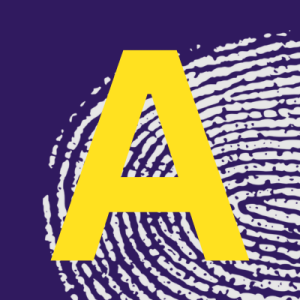This is the sixth part of a 6-part series on Inclusive Leadership by Marissa Ellis, Founder and CEO of Diversily. You can find out about the other articles in the series here.
Please share so that together we can create a better, more inclusive future for everyone.
In this final part of this Inclusive Leadership series we’ll move our attention to action and practical steps to create positive, inclusive change.
Research shows that diverse and inclusive teams perform better, leading to increased productivity, greater innovation, better products, better decision-making and higher employee satisfaction. This requires inclusive leadership, which requires leaders to think and act inclusively.
The ‘Diversily Inclusive Lenses’ is a tool that can be used to look at any situation and come up with ideas for how the environment or experience could be more inclusive & appealing to a diverse audience. Each lens covers a different angle and together they help you ensure you are operating with an inclusive mindset.

Inclusive thinking is a skill. The 8 inclusive lenses help you develop your inclusive mindset. They can help you to find ways to embed diversity and inclusion into your business by helping you uncover potential areas for improvement.
Until thinking and acting inclusively become embedded as default the Diversily Inclusive Lenses can be used to serve as a prompt to drive inclusive action.
Each of the 8 lenses help you think about a goal that would drive inclusivity. By setting this as your focus you can then consider what you might do differently, as an individual, as a leader or as an organisation to achieve this goal.
By proactively, intentionally, continuously using these 8 lenses to consider situations you will soon develop your inclusive mindset, automatically building in diversity by design and intentional inclusion.
The inclusive lenses are a discovery tool. A way to help you ask the right questions. The right answers will depend on your unique circumstance.
“A prudent question is one half of wisdom.” — Francis Bacon
Now let’s explore each of ’The 8 Inclusive Lenses’ more detail.
We’ll look at what each lens represents & give practical examples of actions that each lens might inspire to help you come up with ideas for change.
1. Value Diversity
To value diversity is to appreciate the synergy that is created when people who are different to each other come together. There is not just one mould for what success looks like. Diversity of thought drives innovation, creativity and boosts team performance.
- Build your network with people not like you.
- Be curious & seek out different perspectives and insights on the value of diversity and inclusion.
- Bring together people who are different to avoid ‘group think’.
- Look for culture ADD not just culture FIT.
- Develop diverse role models.
- Embed diversity and inclusion into all aspects of business and create accountability.
2. Represent Minorities
Representation is about ensuring the makeup of the people involved reflect the wider society. This could be staff in your company, people at your event or the customer base you serve. It is important ensure that people from minorities groups are represented and their voices are heard. This often takes intentional effort.
- Notice and challenge the lack of representation.
- Don’t expect one person from an underrepresented group to speak for everyone in that group.
- Be an ally and give opportunity to the under represented.
- Go out and find them — don’t wait for them to come to you.
- Measure diversity and set specific targets.
- Support initiatives that increase involvement of people from under represented groups.
3. Broaden Perspectives
If we are surrounded by people who are all very similar we can sometimes miss important perspectives and information. Seeking input from diverse people can help us ensure we have all angles covered, spark more ideas and aren’t missing something.
- Seek out and value different perspectives.
- Expose yourself to the views of people from outside your echo chamber.
- Challenge and change situations when certain perspectives are missing.
- Create a culture where expressing different opinions is valued.
- Systematically ensure different perspectives are represented.
4. Build Empathy
To ensure that everyone is included it is critical to build empathy to understand and be able to satisfy the unique needs and perspectives that different people have.
- Put yourself in other ‘people’s shoes’ and see the world from their eyes.
- Listen to and build understanding of diverse perspectives.
- Use empathy when supporting staff, making decisions or resolving conflicts.
- Encourage and act upon feedback.
- Systematically consider different viewpoints, considering ‘the other’ and not just ‘the majority’ to ensure products, services and employee experience is tailored to meet diverse needs.
5. Counter Bias
Bias is prejudice toward or unfair characterisation of people in a particular group. It affects how people interact and who they feel comfortable with. Bias is so common that we often are not even aware of it. Countering bias is vital to giving opportunity to more people, avoiding discrimination and perpetuating and reinforcing stereotypes.
- Check yourself when making assumptions about people to ensure that they are valid.
- Recognise your own biases.
- Challenge negative stereotyping & discriminations.
- Recognise affinity bias and don’t build your team with people just like you.
- Systematically remove bias through process e.g. blind CVs.
- Involve diverse groups in decision making. e.g. diverse interview panels.
6. Foster Belonging
Fostering belonging is about creating a trusted environment where everyone feels welcome, is authentic and is able to thrive. This means everyone is able to contribute in their own unique and meaningful way and feel empowered, respected and secure in doing so, irrespective of who they are.
- Use Inclusive Language.
- Make an effort to make everyone feel welcome.
- Create an environment where all voices are heard.
- Be your authentic self and allow others to do the same.
- Create a culture where differences are valued, acknowledged and respected.
- Reward inclusive behaviour.
7. Create Equity
Creating equity is about creating opportunities and support appropriate for the needs of individuals. It is about recognising privilege and providing more support to those that need it or have previously had more to overcome to succeed.
- Understand your own privileges.
- Support those less privileged than yourself.
- Give opportunities to those in underrepresented or disadvantaged groups to shine.
- Provide support required — not the same for all.
- Create specific programmes or initiatives for underprivileged groups or partner with organisations that offer tailored support.
8. Consider Impact
Historically, thinking about social impact may have been an optional extra for business. Today this a business imperative which is becoming increasingly important. As well as being the right thing to do it affects many areas of business such as brand loyalty, talent attraction & retention, investment opportunities and competitive advantage.
- Strive to make a positive difference to the people around you.
- Think about who might feel excluded by your actions or decisions.
- Advocate for positive social impact.
- Put in place measures to balance negative impacts or exclusion caused by your business activities.
- Create a positive impact on your community.
- Don’t just be driven by profit alone and build impact measures into your business.
Next time you find yourself in a situation and are wondering how to make it more inclusive, use these 8 Inclusive Lenses to help you come up with some ideas for inclusive action.

Please share so that together we can create a better, more inclusive future for everyone.
You can find out more about Diversily Inclusive Leadership development here. You’ll also be able to download the free Inclusive Leadership Change Canvas, which is an excellent discovery tool for self-reflection. Join our growing community of leaders by using The Change Canvas to build high performing inclusive teams and unleash potential.





